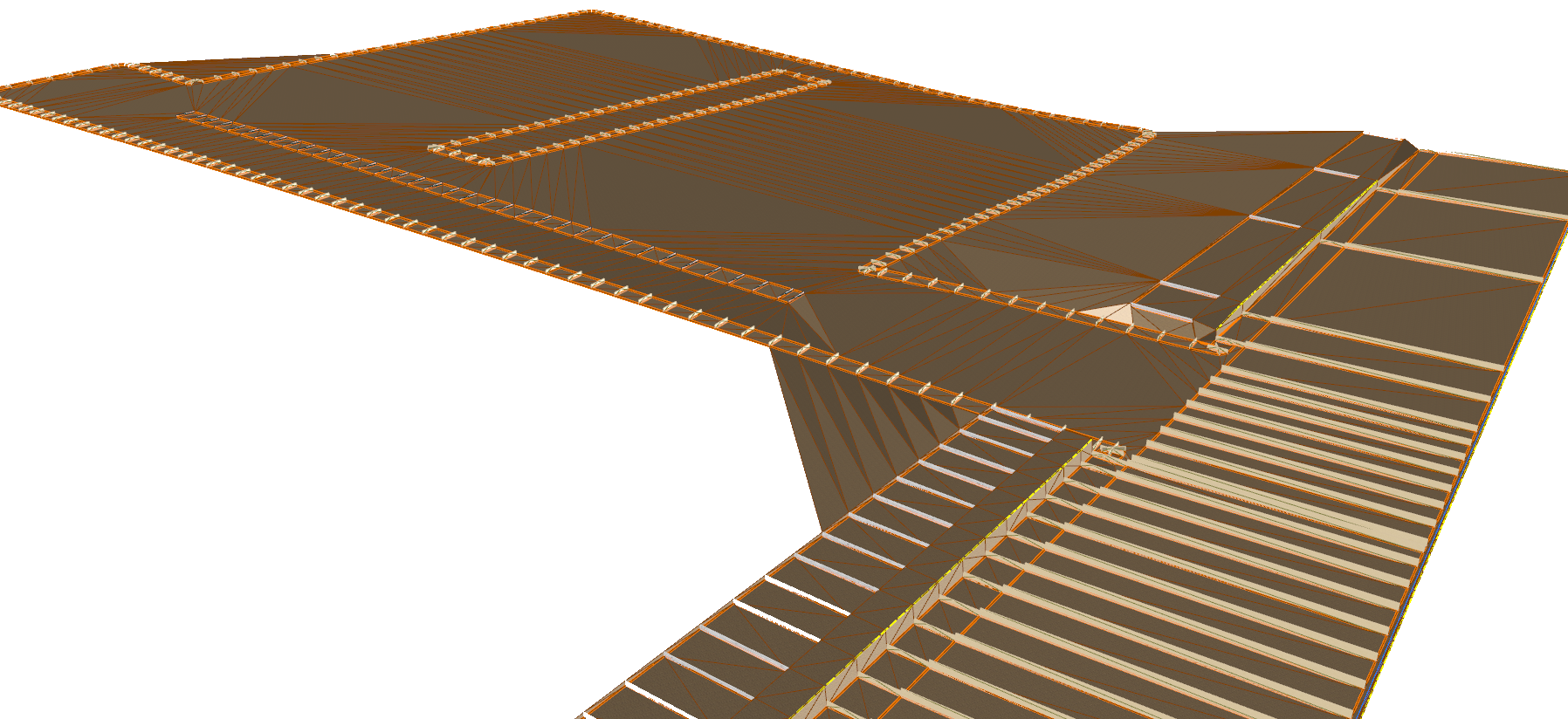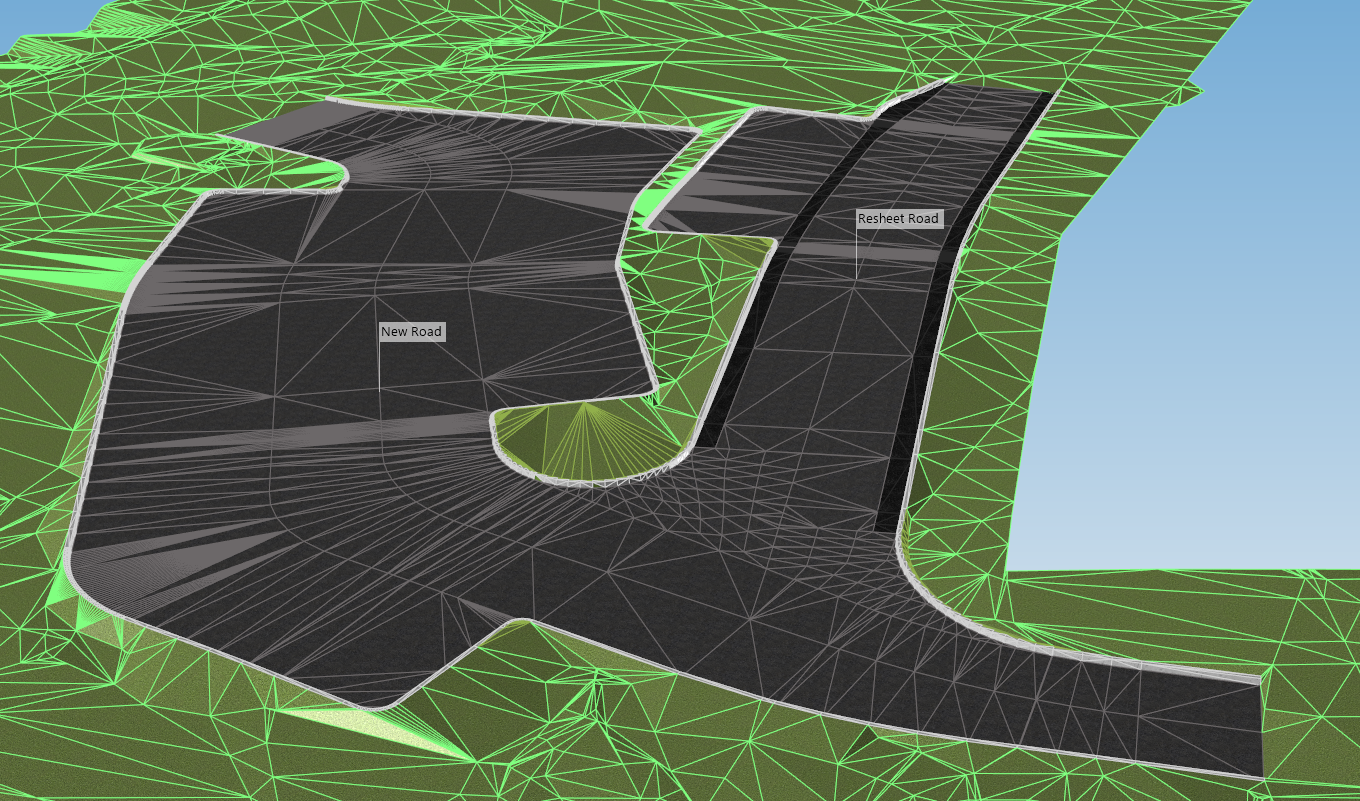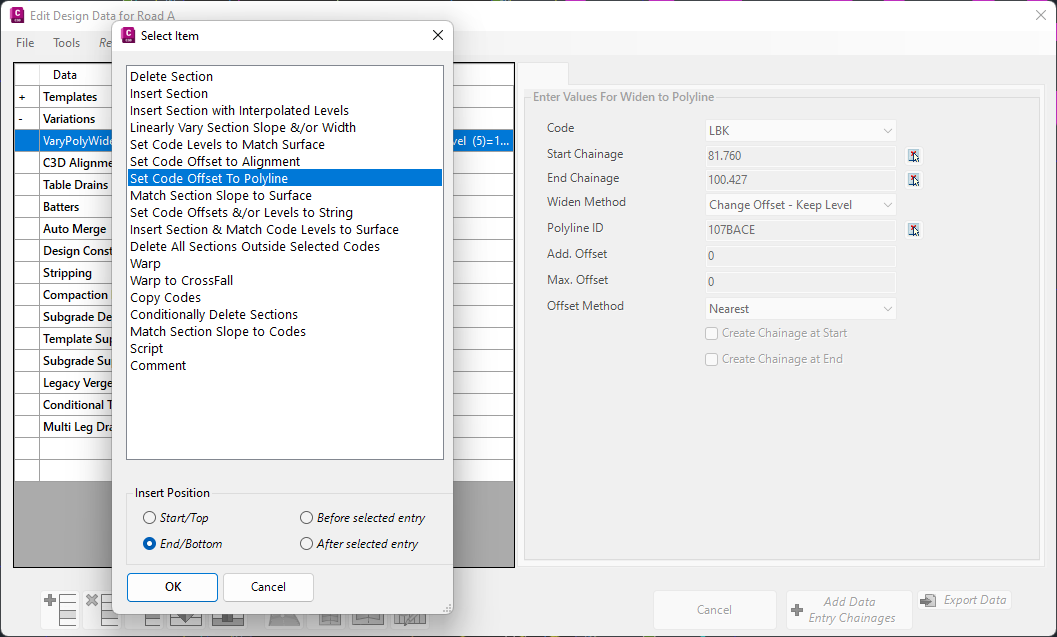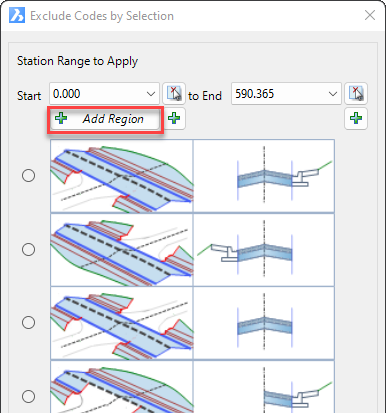Civil Site Design/Corridor EZ v26 delivers a major upgrade to its Custom Variations functionality with the introduction of Standard Kerb Transitions.
Since v25, Custom Variations have been a core feature of Civil Site Design/Corridor EZ, allowing users to apply conditional logic and geometry overrides to cross sections at specified chainages. With v26, this functionality is significantly expanded through the inclusion of pre-configured kerb transition scripts. The Standard Kerb Transitions are installed with the software (not available via downloads) and provide ready-to-use profiles tailored to specific Australian States and Territories, such as Queensland, New South Wales, and others.
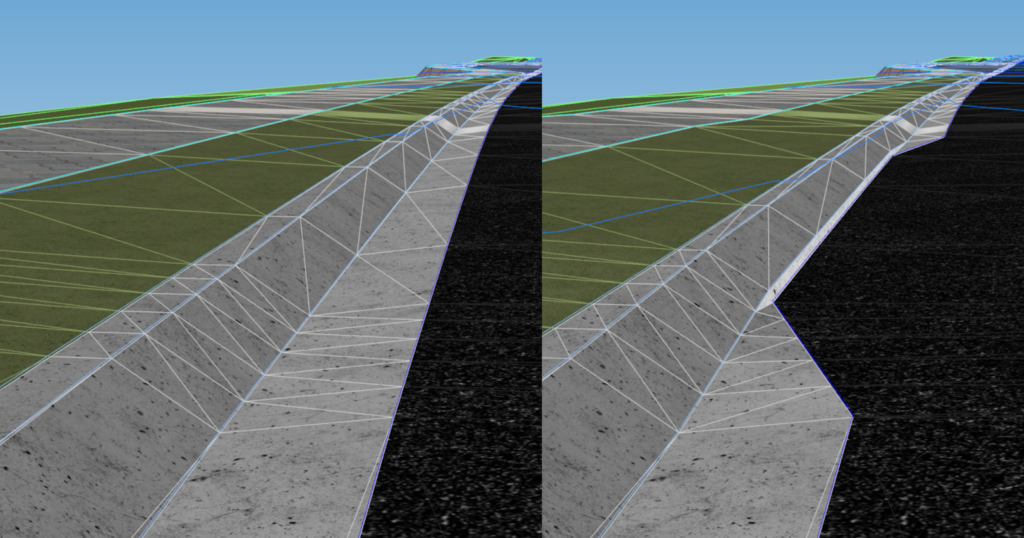
Each transition script contains a group of kerb types that can be applied directly within the Custom Variation. Users simply double-click on a variation, select Custom Variation, and navigate to the Standard Kerb Transitions folder. From there, designers can assign start and end chainages, define in/out transition lengths, and maintain control over key feature codes like edge of bitumen, lip, or invert.
What sets this apart is the precision with which users can control geometric behaviour. Variations can hold offsets, maintain slopes, or apply fixed slopes to adjacent codes—ideal for complex urban design environments. This ensures seamless integration of kerb changes while preserving surface integrity and modelling accuracy.

Bulk earthworks play a key part on many projects and determining the volumes can be a time consuming process. Released in Civil Site Design V23.10, the Subgrade Model Manager (SMM) was developed to assist users with creating subgrade surfaces of any model within the project.
In this webinar we demonstrate the best practice for using Model Builder and unpack all the functionality to operate it successfully, using a road and parking bay design.
In Civil Site Design V24.10, the Design Data Form has undergone some ergonomic improvements and seen the addition of a new Design Variation – Offset by Polyline.
In Civil Site Design V24.10, the Model Builder Edit/Trim by Selection & Group forms received an update which can have a significant impact on selecting sections for trimming models.

